

Meet Eric Gordon
I remember in the 1980’s, I had just graduated from Brooks Institute of Photography in Santa Barbara, CA; and I thought to myself: “There must be more to life than living in a beautiful beach town and eating great Mexican food.”… I was wrong. With some age and wisdom, and several years wandering the planet, I moved back to Santa Barbara where I met and live with my incredible wife, Valerie, and our beautiful daughter, Wylder-Rose Gordon. They keep me young, grounded, and humble at all times. I am blessed. 🙂 I am the youngest of 4 siblings, family of 6 (2 brothers, 1 sister). I grew up in the 1960’s and 70’s in Alexandria, Virginia, just outside Washington, D.C. My father was an architect, my mother was an artist and world traveller. Both believed in the best education for us kids. So much so, that even though we were quite Jewish, I attended Saint Stephens Episcopal School for Boys. (It was considered one of the better schools in town and that’s all that mattered to mom and dad)
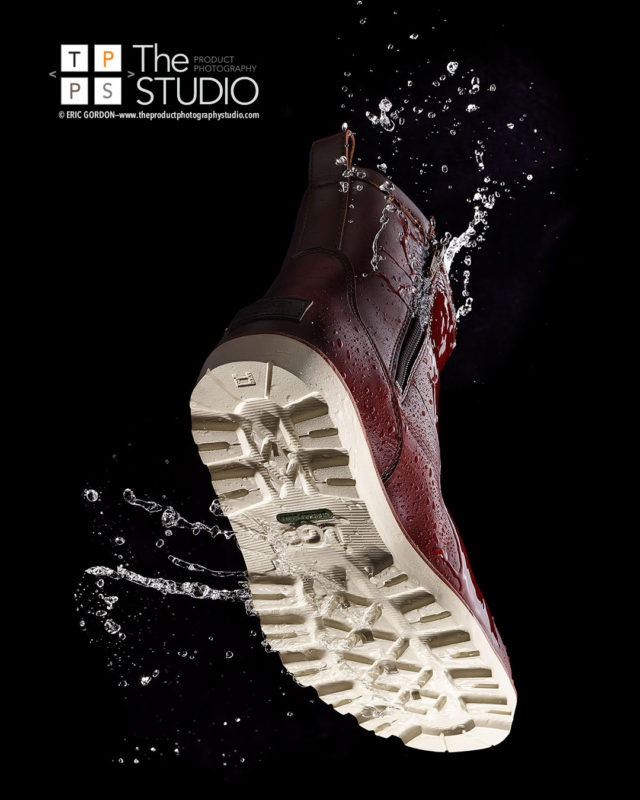
Here is the million dollar question…why photography? What’s launched your passion?
I fell in love with photography and the photographic process at a very early age. I was 7 years old, the 60’s were raging; hippies, Vietnam, civil rights, the whole bit; and we had just landed on the moon! The sky was indeed the limit (I think there was even a poster on my wall that said as much!) In the 70’s, I wanted to be different (just like everyone else) Instead of lawyer, doctor, engineer…I wanted to be an artist. Of all the arts; I was drawn to photography. It had a good mix of the artistic and the technical. I started by learning the analog technical and chemical aspects known then as darkroom techniques. I would process other peoples film, mostly my brothers’ pictures, and print the negatives. I built my own darkrooms, spent “unhealthy” amounts of time alone in my darkroom testing techniques, developing film, using enlargers, printing techniques, anything I could get my hands on. I was obsessed with the process, Ansel Adams was my hero, and I read everything available having to do with photography from cover to cover repeatedly.
I really wasn’t into the actual taking of pictures, not at first. When my sister and both brothers went off to college, I was forced to pick up a camera and take my own pictures to develop. That’s when I became very passionate about it, and began developing a more discerning eye for what I was shooting. I had a hand-me-down camera from my brother (an Olympus OM-1) and a single 50mm lens. The camera and I were inseparable! I photographed everything I saw and dutifully raced home to develop the images and print them. There was so much going on in the 1970’s to document and try, I would just explore the world through my camera. It was a passion that is with me to this day! I still get giddy every time a new client or new project/challenge walks in the door, and if that doesn’t happen, I will make one up just for fun. I can’t help myself, Its corny I know; but I really am still that little boy about this stuff!
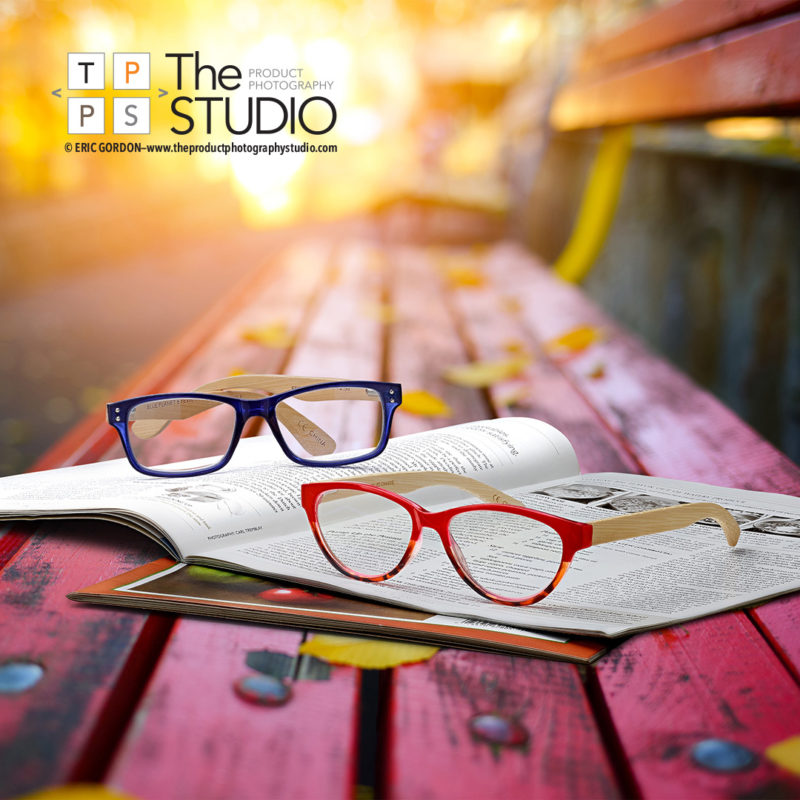
What are some of the most difficult challenges you’ve faced in photography to date? How do you navigate them?
Hard question to answer, because I love a challenge, and if you love challenges, you take an “embrace the horror” attitude! Its the fun stuff to me! I guess the most challenging jobs for me are those that involve many talented people all working together to produce an objective. (I can’t imagine what it must be like to produce/direct a movie! respect)…For instance, lifestyle shoots with live models, on location, stylists, make-up artists, art directors, assistants, food service, logistics, hardware failures, software failures…etc. My college training as an architect comes in handy with these, but I still spend sleepless nights before such shoots going over and over in my head if I have forgotten anything. Its very stressful and I know my clients have spent a lot of money on this and are counting on me to pull it all together.
Why do you use Phase One Cameras?
I use Phase One cameras because they save me time and money, plain and simple.
The pickiest clients are textiles, art-repro, and tech products…in that order.
I say picky in terms of color accuracy, sharpness, perspective, and details.
Phase One cameras, combined with their Schneider-Kreuznach lenses and Capture One tethering and RAW processing software, is a “system” that together answers my need for high quality, ability to be used on a DSLR or a view/tech camera (that is huge), the latest techniques and cutting edge for MFD (i.e.: automated lens barrel focus stacking has changed our world in the studio), razor sharpness that is an undeniable and noticeable difference, extreme color accuracy and rendition of tones, and smooth files that require little to no post and are an absolute joy to work with (they are like butter, believe me)…every time! Add to this that this type of gear creates images that many of my clients remark that “they just don’t know what it is about my images, but they pop better than anyone else they have used”…that sort of thing.
Photographer friends ask me if it’s worth the money and I tell them it’s like old art TV vs new LCD 4K Flatscreen…If you never see them side by side, the old CRT is great and you love it; BUT if you ever look at the two side by side same picture, the old CRT looks like there is a shower curtain in front of it and you want to clean the screen! 😉 You cant go back once you have seen the difference; so never look at one (Phase One) and stop asking me about it!
Professional tools are professional tools…can another brand or format create great pictures? Most certainly! But I go with Phase One not for any one camera, but because of the whole system and support. Can another brand or format do it each time for 10,000 shots in a row, every time so you don’t have to worry about those picky details?? I don’t think so. I have tried, believe me. I would much rather own a 2nd house or go to Maui twice a year than own a bitchin camera no one outside the biz has ever heard of…:) I have tried several brands but certainly not all. They do make these things faster than we can buy them all…I don’t have time to test every new system that comes out. I go with the one I already have and trust.
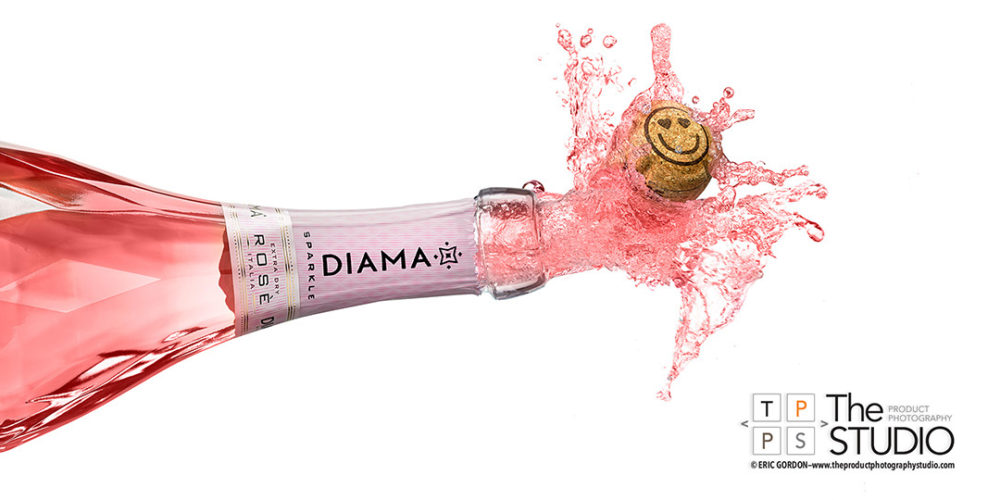
My MFD History:
Professionally, I started off shooting 35mm film; like many my age. As soon as I could afford it, and I had the clients to pay for it, I purchased medium format (Hasselblad) and 4×5 (Sinar). The difference in quality of images and shooting technique was striking and undeniable. My 1st MFD camera was a proprietary Imacon IXPRESS multi-shot camera system. It could do a “whopping” 16MP file by shooting 16 sequential shots in non-interpolated “true-color”. It was a pain in the ass to use and support was pretty sketchy but the files it produced knocked my post-proc time down to next to nothing! As I got busier and busier as a studio, I needed something better still.
My next MFD was a Leaf Aptus ll-12 80MP rig. Now we were cooking’ with gas. Single pop 80MP camera extremely accurate color rendition…it was “the whole package”. It was missing one very important thing, though, and that was LiveView. Since the introduction of LiveView by Canon in its 40D cameras, I had spoiled my clients, assistants and stylists by projecting whatever the camera saw onto large flat screen TVs all over the studio. I really had come to depend on it myself for composition and focusing. So when Phase One came out with the 1st CMOS MFD camera, the IQ250, I had to have it! Once I had that camera, everything else started collecting dust. The Leaf Aptus was updated to a Leaf Credo-80, but it didn’t have live view and rendered color differently than the IQ250.
I asked Steve Hendrix at CI if I had any options for a side-trade of the Credo for another IQ250 and he answered with the deal-of-the-century on a brand new IQ3-100 Trichromatic with XF body and blue-line SK lens of my choice! I took the deal and never looked back. Now they have new IQ4-150 with wifi transmission of files…come to think of it, I do have a lot of USB cords everywhere in my studio and they are an eyesore…Maui may have to wait again…;)
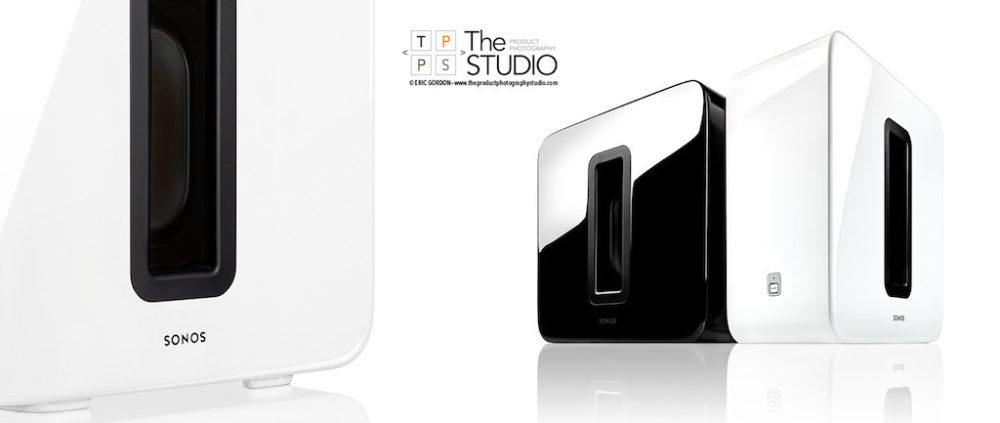
Lighting plays a major role in telling the story of your image. What are your favorite lighting techniques to tell your story?
It’s all about lighting, and always has been. One of my favorite techniques involve huge diffusion panels using translum plastic stretched over steel flags. There’s just something about a perfect smooth gradient I just love whenever I see it! Another is any chance I get to use a fresnel light. I love the quality of these lights being both hard and soft at the same time! Need something that looks like sunlight thru a bright sky? Fresnel! Need that vintage Hollywood look from the 40’s? Fresnel! Need to show texture on a fabric that has both matte and specular surfaces? Fresnel! Need super hard sharp shadows, so sharp you can cut yourself on them? Fresnel!! Fresnell!! 🙂 I have also invented lighting solutions that helped me achieve the perfect light for the product surface and size. (some of which I now sell online) Check out my site for examples.
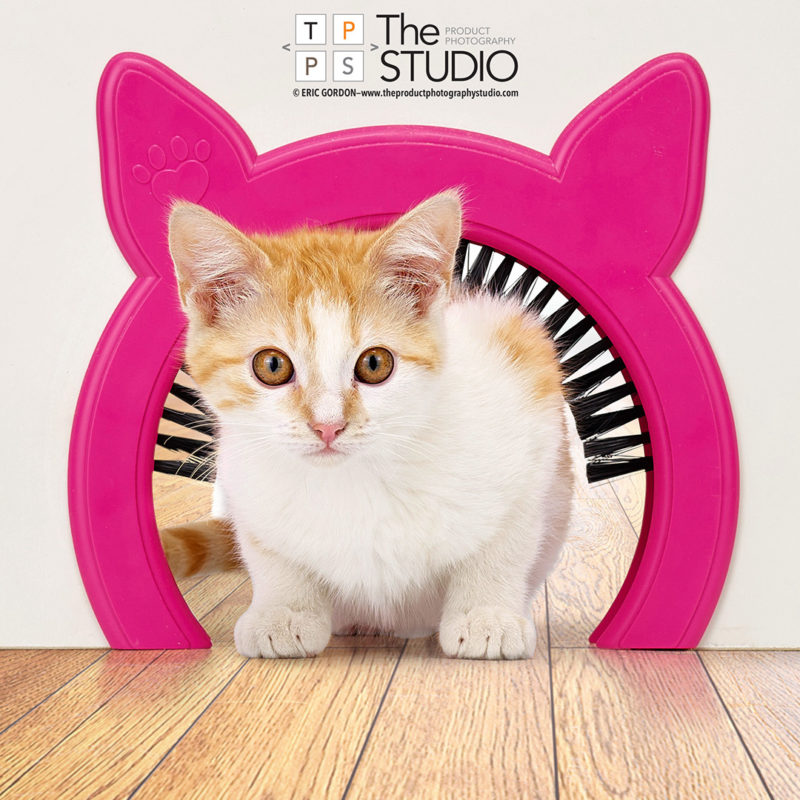
In which ways do you see your work evolving in the next 5 – 10 years from now?
Good question. I see myself and The Studio doing more and more tech products, lifestyle work, CGI blending with physical effects, and video work. We don’t have an agency representing us so we are free to take on all projects. We are a small, agile studio, which can quickly change directions when need be. My wife says I possess a unique blend of artist and nerd. I guess in some ways, I am unique because I love the equipment/tech aspect of photography. I have joined photography boards to stay connected with other pros, and the studio is constantly learning new techniques and exploring new tools as they become available.
We are a boutique studio with a strong web presence and are committed to excellent images. We have provided excellent photos for decades. We love challenges! One of the things I enjoy most about this business is the constant never ending parade of challenges that I get to work on. One day its microphotography of a tear duct implant, the next day its a shark repelling wrist band, the next its portable electron microscopes, furry women’s footwear that sheds water, infrared cameras, WiFi speakers, followed by Himalayan salt lamps and cannabis edibles for dogs with arthritis! ….it’s crazy! #ILOVEMYJOB!
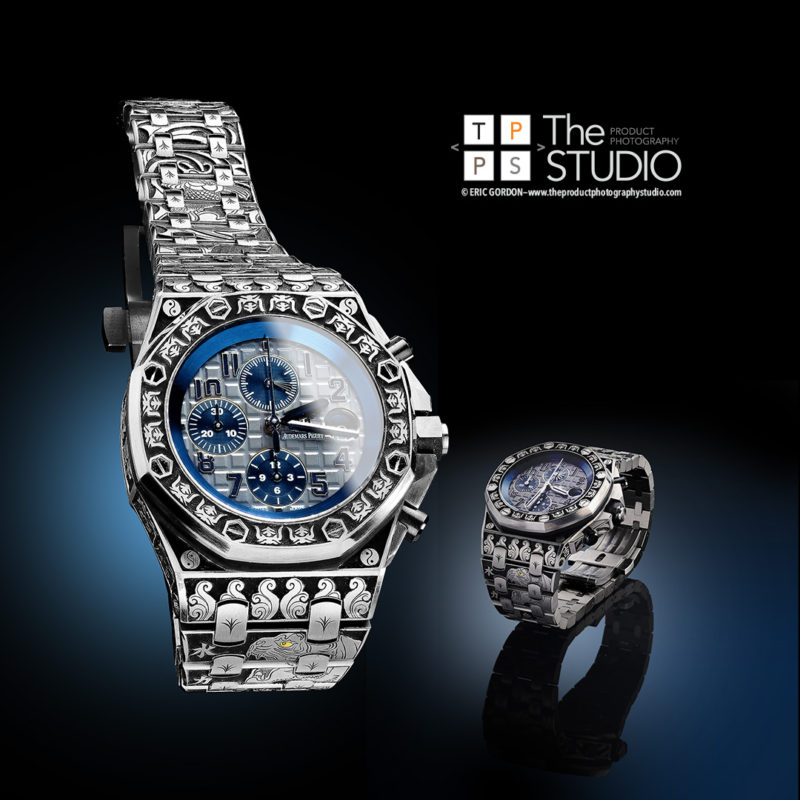
If you could have given yourself any advice when you first launched your career in photography, what would it be?
Thats easy, I’d tell myself “never listen to negative people, be passionate about every job you take on, because you never know what even the most mundane job will lead to! It’s OK to idolize and learn from the masters, but always remember “they put their pants on one leg at a time, just like you”. (This is true, one of my first assisting jobs was for one of my idols, Richard Avedon. I saw him do it! Mind blown 😉
Also I’d say to myself “Listen to your father! Be a pro golfer! Position yourself about 8th or so in the circuit so you make bank, but not in the limelight, so it doesn’t go to your head, and you can pursue more and more photography gigs, which make you happy.” 😉 (My father was very wise) Also, if there was any time left in my time travel trip, I’d advise myself to buy some real estate in SoCal and on Maui (I mean, why not, right?)
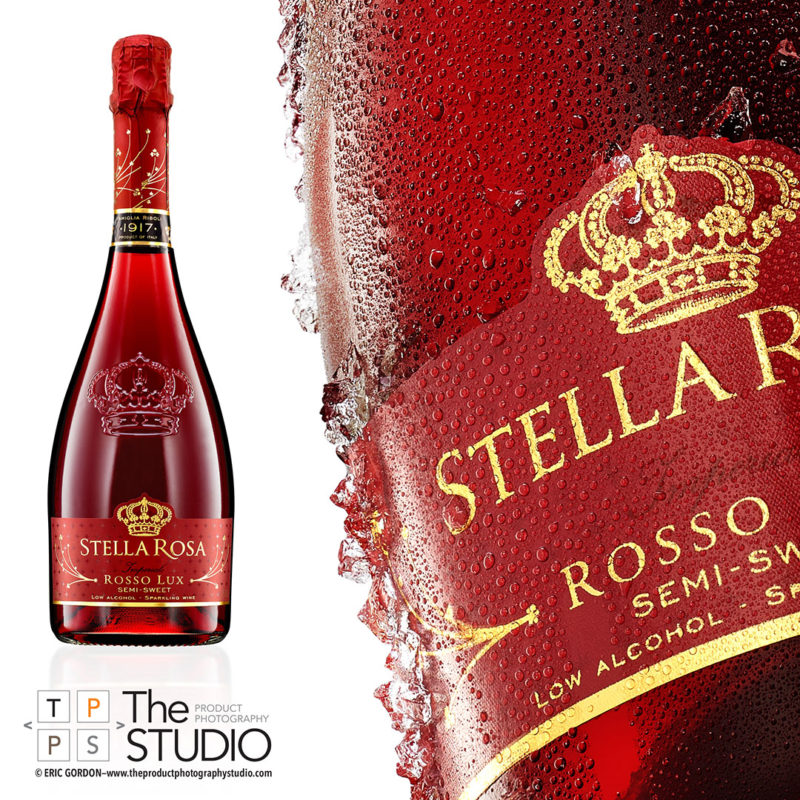
HyperFocal: 0
What is your favorite photo gear or tool that you take with you on every shoot? Why?
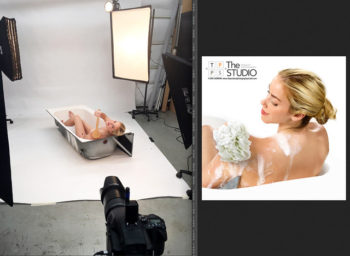
I have amassed a lot of gear over the years. You can’t be in the business as long as I have and not. My favorite gear is the stuff I have had to design and build myself over the years. DIY stands, light modifiers, holders and techniques are my favorite things in the studio. When I am showing anyone a BTS (BehindTheScenes) photo of me shooting something, I always am asked: “What is holding up that product? Where did you get that diffusion panel? Is that a cone? Did you make that yourself?? I think one of my favorite interesting pieces of gear is my DIY fresnel lights.
Before I could afford one by a major brand, I built my own out of discarded Mole-Richardson lights down in LA. I would fish them out of trash piles behind major studios, hollow them out, and weld new 5/8” platform inside to hold my strobes. I call this one “FrankenMole” and I still use it even though I now have Broncolor dedicated versions of my own, I still like the girl I came to the dance with, if you know what I mean 🙂
Why Capture Integration? What made you select us as a partner?
I have selected Capture Integration as my primary source for gear and information because they are always there for me, they know everything about the gear they sell and stand behind it. If I have problems with something or a question, my sales rep, Steve, seems to be always standing by, ready to listen and respond. It’s really amazing customer service in a field that is a niche within a niche within a niche. People ask me all the time where I learned much of what I know. I honestly tell them I am self taught. There just aren’t that many people doing what I do and those that are, tend to protect their hard earned techniques. When I have a problem that I can’t solve myself, I call on Steve and Brad at CI. They respond almost instantly. It is a godsend in this business to have support like that. (I do need to remember the time difference and stop calling them at 3AM)
Connect with Eric
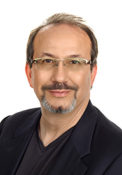
Website: theproductphotographystudio.com
Facebook:@theproductphotographystudio
Instagram: @theproductphotographystudio